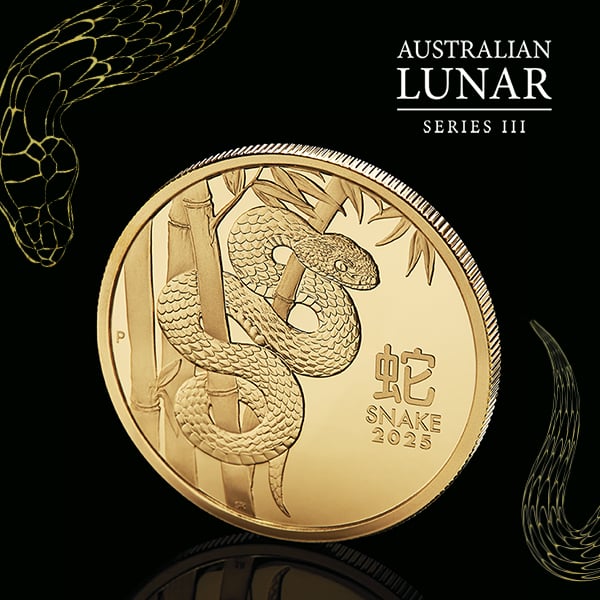Dollar cost averaging: What is it and how does it relate to gold?

There is a popular saying in financial circles that ‘ you can’t time the markets’. This is the simple reality of investing in the modern age – and even truer in 2020 as the markets react to the unpredictability of a global pandemic.
One way to mitigate the risks of investing a large amount in a single investment or portfolio at the wrong time is a strategy known as dollar cost averaging.
A simple, flexible investment tool suitable for younger investors or those new to the market, it is especially worth considering during periods of volatility. Let’s examine why.
Cost per ounce
When investing in gold, it’s natural for investors to think in terms of cost per ounce. When the price of gold is down, many people decide to jump in by making a one-time investment. Then they wait for the price to go up.
While gold has been on a record-breaking upward trajectory for much of 2020, there is a natural fluctuation in pricing which has been demonstrated in recent months as the world adjusts to life with COVID-19.
Dollar cost averaging, also known as the constant dollar plan, uses the moving price of gold to your advantage. Rather than making a single investment, you invest a fixed amount on a set schedule.
Here’s an example of how it might work.
You have AUD 10,000 to invest. Using dollar cost averaging, you decide to invest AUD 1,000 per month in Stock A.
The first month Stock A sells for AUD 50 per share, so you buy 20 shares.
The second month it drops to AUD 25 per share, so the AUD 1,000 can purchase 40 shares.
The third month, Stock A has risen to AUD 40 per share, so you can grab 25 shares.
Now you own 85 shares of Stock A at the average price per share of AUD 35.29.
If you had spent the entire AUD 10,000 in a single up-front investment, you would have paid AUD 50 per share. By dollar cost averaging, after three months you only paid AUD 35.29 per share.
Why precious metals?
If investments only went up, this would not be an advisable way to invest - but in a volatile and unpredictable market environment dollar cost averaging has been proven to help reduce risk by averaging out market lows.
As a tool an investor can use to build savings and wealth over a long period, this strategy is especially applicable to long-term investments such as superannuation, mutual or index funds, and gold, which is traditionally held as a safe haven asset.
It removes much of the detailed work of attempting to time the market in order to make purchases at the best prices.
It is important to note that dollar cost averaging works on the assumption that prices will, eventually, always rise.
While it has been established that this strategy can improve the performance of an investment over time, this is only if that investment increases in price across the period in question. The strategy cannot protect the investor against the risk of declining market prices.
With gold’s performance over the past 20 years resulting in an annual average gain of more than 8%, there is little wonder why it is a common strategy for precious metal investors.
When can you use it?
Although it’s one of the more basic techniques, it is known to be one of the best strategies for investors looking to trade on a stock exchange via exchange-traded products such as Perth Mint Gold (PMGOLD).
Ideal for people looking to save, our Depository Online service can easily adapt to a dollar cost averaging approach with the option of scheduling an investment of as little as AUD 50 each month and 24/7 access.
DISCLAIMER
Past performance does not guarantee future results. The information in this article and the links provided are for general information only and should not be taken as constituting professional advice from The Perth Mint. The Perth Mint is not a financial adviser. You should consider seeking independent financial advice to check how the information in this article relates to your unique circumstances. All data, including prices, quotes, valuations and statistics included have been obtained from sources The Perth Mint deems to be reliable, but we do not guarantee their accuracy or completeness. The Perth Mint is not liable for any loss caused, whether due to negligence or otherwise, arising from the use of, or reliance on, the information provided directly or indirectly, by use of this article.














